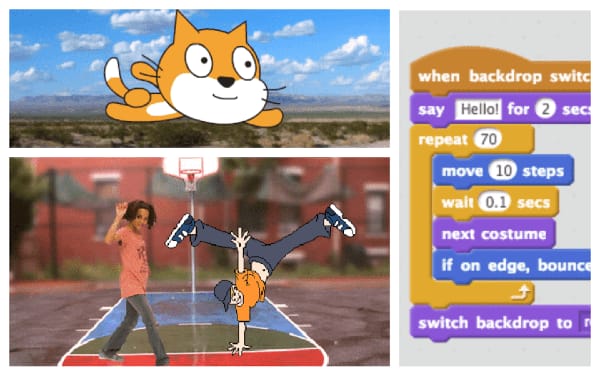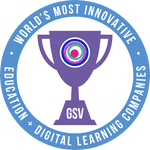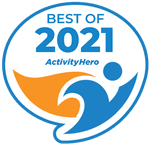Code for Nature Challenge WorkshopGrades 2-12
The world is changing: record-breaking heat waves, widespread drought, intense hurricanes, and the accompanying disappearance of habitats for animals on land, in rivers, and in oceans. Encourage your student to enter our Code for Nature challenge [https://www.create-learn.us/code-for-nature], and apply what they have learned to raise awareness, protect the environment, help those affected by environmental change, and potentially solve environmental issues. Submit your project by August 23rd for a chance to be one of 10 winners to win a $15 Amazon gift card! For middle and highschool students, it is a great way to prepare for Congressional App Challenge as well.
To help students create their projects, we are hosting free live online workshops led by an expert. These workshop will be mostly students driven in that we will brainstorm together to identify local environmental issues students are passionate about, define potential project ideas for the issues identified, figure out what features should be included in projects, and address any coding questions that students might have. So brain your idea, curiosity, or just passion for nature. We will brainstorm and find something you are excited about!
These events will attract many students, so save your spot today. You can submit to the challenge regardless of whether you join the workshop or not.
Build skills to create any project you can dream to help the planet in our popular live online classes:
* Scratch Ninja [https://www.create-learn.us/coding-for-kids/scratch] (grades 2 - 5) or Accelerated Scratch [https://www.create-learn.us/coding-for-kids/advanced-scratch] (grades 6 - 9)
* Canva for Kids [https://www.create-learn.us/design-for-kids/graphic-design-canva] (grades 4 - 8)
* Mobile Coding for Apps and Games [https://www.create-learn.us/mobile-for-kids/first-mobile-apps] (grades 5 - 10)
* Modern Website Design with Wix [https://www.create-learn.us/cloud-computing/wix] (grades 5-12)
* Python for AI [https://www.create-learn.us/coding-for-kids/python](grades 5 - 12)
* Build Your Web with HTML, CSS, and Javascript [https://www.create-learn.us/cloud-computing/javascript](grades 6-12)



























